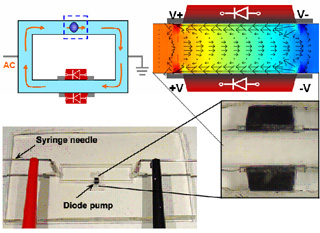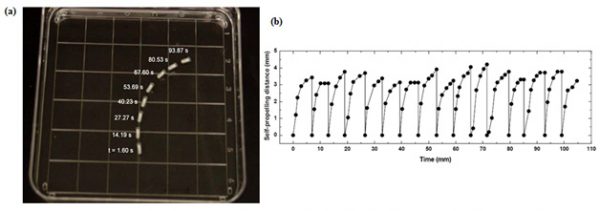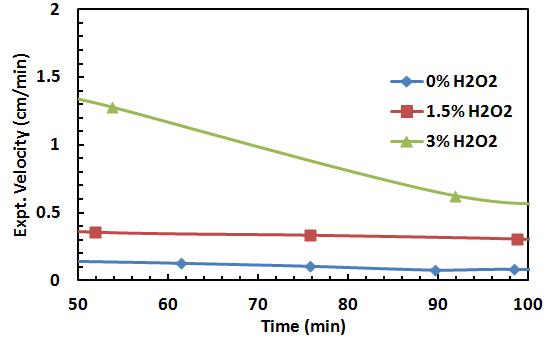Rachita Sharma
| PhD, Chemical Engineering, 2013 North Carolina State University M.S., Chemical Engineering, 2010 North Carolina State University B. Tech., Chemical Engineering, 2008 Indian Institute of Technology, Bombay, India Curriculum Vitae |  |
Research Focus: Self-Propelling Particles
The aim of my project is to develop principally new microscopic device-like particles that can move on their own, sense and have controlled (bio)chemical reactivity. Self-propelling particles can find applications in mobile sensing, in lab-on-a-chip devices where the particles can serve as microscopic pumps, mixers, shuttles or carriers for biomolecular libraries. Ultimate applications can be in fields such as medical diagnostics, drug/vaccine delivery, robotics, toxicity detection etc. This project is in collaboration with University of New Mexico (UNM). To get an overview about self-propelling particles, please refer to the article by Professor Thomas E. Mallouk of Pennsylvania State University, published in Scientific American.
Diode-Based Self-Propelling Particles
The Velev Group, in collaboration with UNM, has previously demonstrated that semiconductor diodes form a new class of self-propelling particles and pumps in microfluidic devices (Figures 1 and 2). Energy is provided by a global external AC electric field. The diodes harvest electric energy from external AC field and convert it into mechanical propulsion. The velocity of the diodes is not affected by the field frequency, which implies that they can be powered by high-frequency AC fields. Our goal is to demonstrate that they can be powered remotely by contactless antenna-type radio or microwave emitters. Another goal is to miniaturize the device size and explore the fundamental effects involved in the motion of submicrometer sized diodes. The final goal is to construct lab-on-a-chip devices and “intelligent” self-propelling micro-circuits based on diodes.

Figure 1: Schematics of self-propelling diode experiment set up, the origin of the diode self-propelling force, and the equivalent electric circuit used to analyze the magnitude of the DC voltage induced in the diode.

Figure 2: A diode pump in a microfluidic channel. The immobilized and parallely oriented diodes in the microfluidic channel cause the fluid adjacent to the channel walls to flow in the same direction due to electro-osmosis, thus they act as a pump.
Gel-Based Self-Propelling Particles
The generation of osmotic gradients can also lead to directed particle motion. We have constructed a striking new type of self-propelling particle made up of hydrogel infused with ethyl alcohol solution (Figure 3). These gel-based particles propel in water in a pulsating manner and preserve their periodic mobility over many hours. The repeatability of the pulsating motion is remarkable. We have also characterized and modeled the fundamentals behind the particles’ motion.

Figure 3: Preliminary data for one-directional pulsed motion of self-propelling hydrogel “particle”. (a) Overlay of a series of micrographs showing the particle trajectory. (b) Distance and time relation for many consecutive pulses with a strikingly uniform interval of 6.58±0.43 sec and moving distance at each pulse of 3.57±0.36 mm.
Biogenic Self-Propelling Particles
Recently we have developed a new type of yeast “microboat” that propels in hydrogen peroxide solution. This biogenic propulsion boat keeps on moving as long as the yeast is viable and hydrogen peroxide is present in its surroundings. We have modeled the velocity of these yeast-boats (Figure 4) based on the principle of bubble propulsion. Our next goal is to further improve the performance of these yeast microboats and try alternative propulsion mechanisms for yeast-microboats.

Figure 4: Effect of hydrogen peroxide concentration on the velocity of a yeast-boat.
Metallosomes
This project is aimed at developing capsules of silver-metal holding liquid within them. Such metallosomes (silver capsules) could find applications in fields such as catalysis and may have interesting response to external stimuli.
Publications
